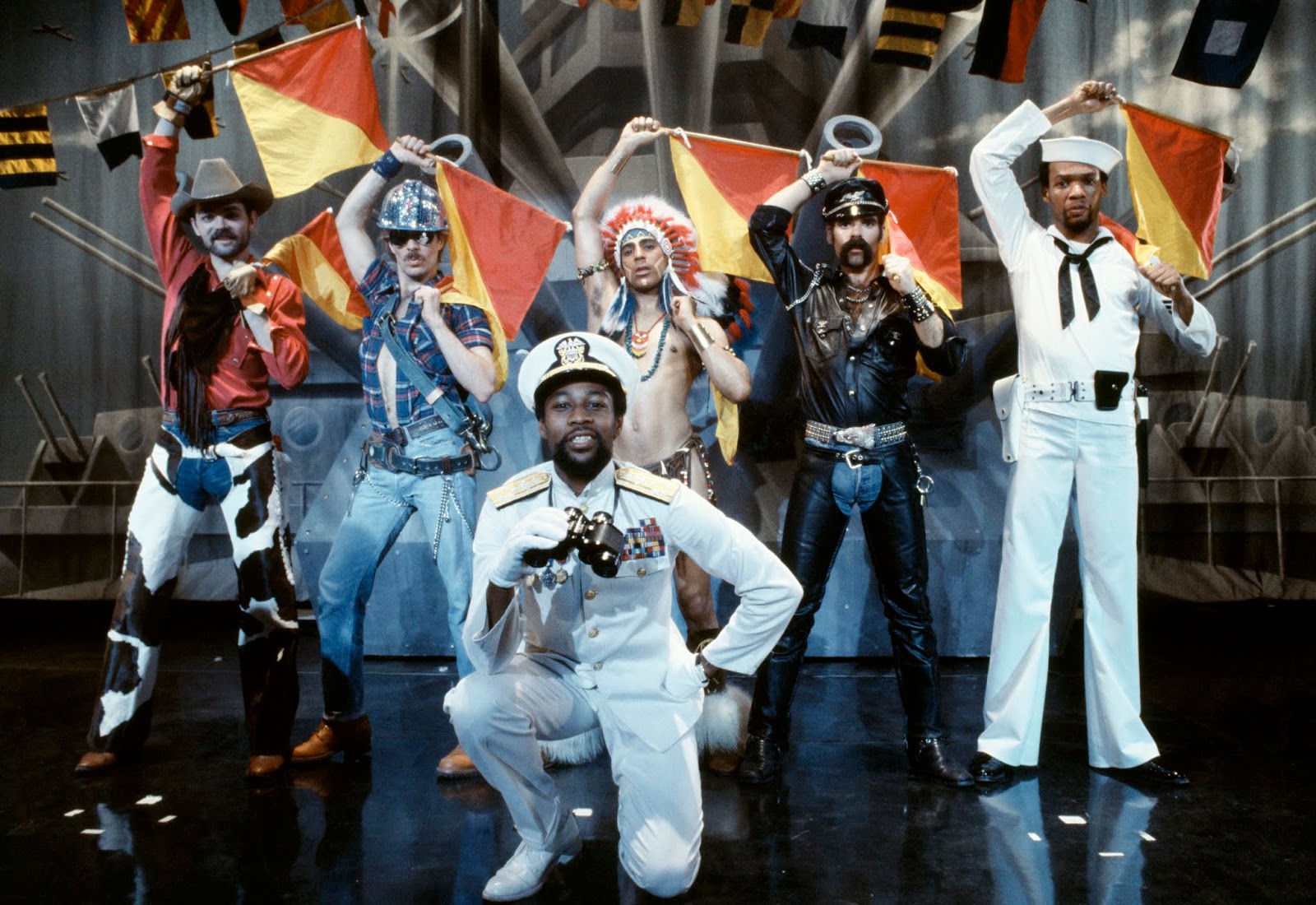Book Review—The Girl Before
A decent read, but incomplete, flat character development sinks it. 3/5
DISCLAIMER: I received a free galley of this book on NetGalley. However, I was under no requirement to read or review this book, nor am I affiliated in any way with the author or publisher.
Let's begin with this from the book's description:
“Immediate guarantee: You will not be able to put this book down. . . . Fans of Gone Girl and The Girl on the Train will realize that there’s not only more where that came from, but it’s also more thrilling.”
—American Booksellers Association
Uh, no. I put this book down dozens of times while reading it. Which is too bad, because I likely would have stopped reading this book about a third of the way through if I hadn't been reading it to review it. It just didn't hook me. The hook itself wasn't bad; I just didn't feel compelled to find out more. That said, at about the halfway point, the writing depth and tempo increase pretty dramatically, and eventually I ripped through the final 20%. I was pleased that the ending was solid. Sadly as I received a complimentary copy of this book, I don't think the ABA will be mailing me a check any time soon.In reviewing this book, I've been forced to do something I typically would not—read it only as a reader and writer would, ignoring some of the style decisions. Why? Because I felt my disagreement with some style decisions might color my opinions, even though readers may not care about such issues. For most books, editor style decisions and reader reception of those decisions are ultimately one and the same. Oddly, with this book I find that most fouls by the writer and editor were minor or subjective; many readers won't notice, or more likely won't care, about such decisions. Delaney communicates well enough without needing to justify most of those decisions. In the "What I Didn't Like" section below, I'll touch on the areas where it falls apart, because for some readers (especially those over 30 or 40 years of age), some style choices may be off-putting.
WHAT I LIKED
The writing is pretty tight. Delaney writes with strength and doesn't waste words. Other than the few stylistic issues listed later, I like Delaney's tempo and rhythm. Some turns of phrase are unique and vivid, and the descriptions are solid. Delaney really shines when writing about mental and emotional states, and how they connect and motivate people.
The plotting is solid and the logic is solid in most places.
Unlike many writers who seem to rely on unnecessary red herrings, withholding information, and improbable plot twists that lead to even more improbable resolutions, Delaney keeps it on the level and doesn't try to push it too hard or trick readers. I know this isn't consistent with the "twists" noted by some reviewers, but that's how I saw the story—pretty straightforward. And it was refreshing.
When I was about to give up on this story, it started to come to life. Though it's disappointing that it took so long to build, it was worth the wait, ultimately.
WHAT I DIDN'T LIKE
Repeated use of "like" and "goes" as indirect dialogue tags (e.g., "He goes, Hey baby, and I'm like, Get lost"—not a real line from the book). Not only is it distracting to readers, but it's a bit patronizing, as I find it hard to believe that London women in their twenties really talk like that as a matter of course, especially those who would attract a man like Edward Monkford, who is older, elitist, and educated.
The decision to write in present-tense, first-person, female. Talk about a three-headed monster. I get the whole present-tense cult right now. And ultimately, though it slows me down at times as a reader, it's not overly bothersome. But a male writer (Delaney is a pen name for a male writer) trying to write two female characters in first-person with any depth is a stretch here. Every chapter switches POV from the original "girl before" to the most recent "girl." This would lend itself naturally to changing the tense with each chapter with a change in narrator. Maybe it was tried and didn't work. All I know for sure is that I often had to flip around in the book several times to figure out the narrator for a given chapter. Making the two main characters so similar in physical appearance didn't help. It's only later in the book that enough divergence is created for the characters to become stronger. Somewhat masking the characters' true natures to create repetition and enhance the the before–now thing is understandable, but that red herring seemed a bit contrived and merely for effect. I don't really think it made that much difference to the story, and as a reader, it was confusing.
Delaney's choice to write in female voice may seem fine to some readers. To me, the female characters, who happened to be the two main characters in the story, were wooden and not especially well drawn. Later in the story they gained depth and emotional color, but early on they seemed nearly interchangeable (in a confusing rather than an echoing way). At times, the female characters seemed a bit dim-witted. Later we find why one seems that way, but what of the other? It's a bit too much to swallow at times.
I was going to call using "Girl" in the title a trite marketing gimmick, but I don't believe that's the case here (at least it's not obvious if it is). And it actually makes sense.
Usually when I start out a bit unsure about a book, it tends to ultimately disappoint me, and it's failings tend to grow into a forest of confusion by the end, but I was pleasantly surprised by this book. It grew in strength as it arced, and it maintained its logic through the full resolution of story. It never tried to go over the top with bizarre twists or improbable plot gaps.




Comments
Post a Comment